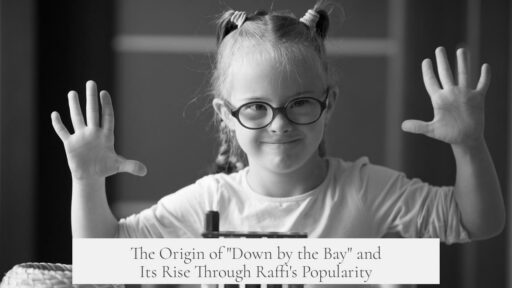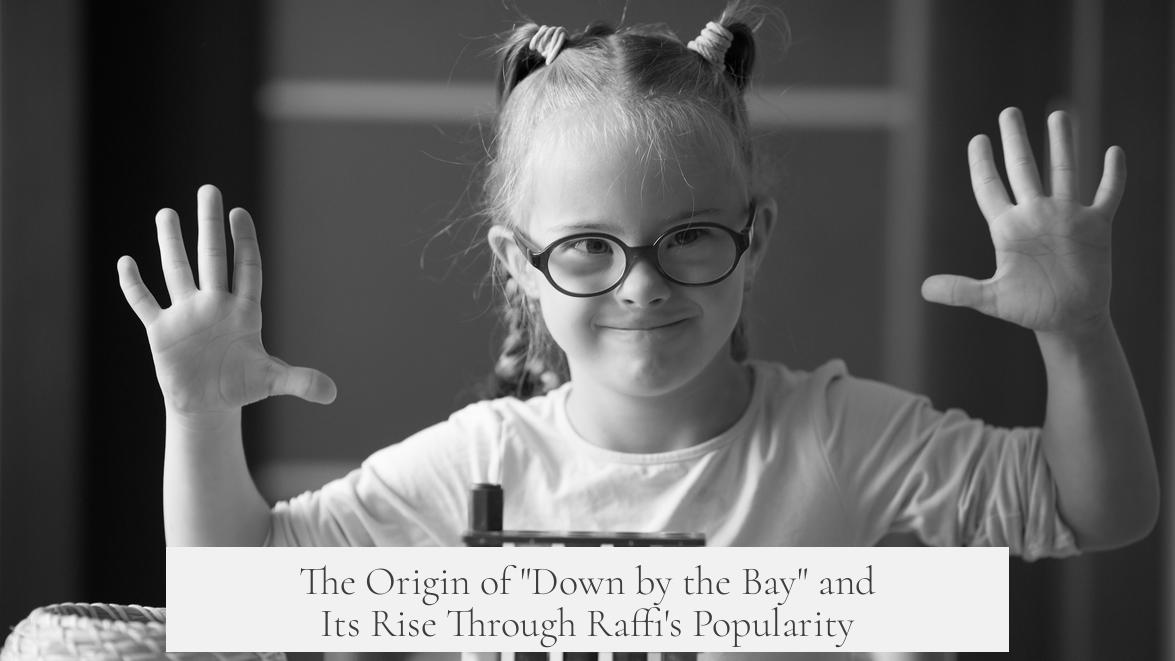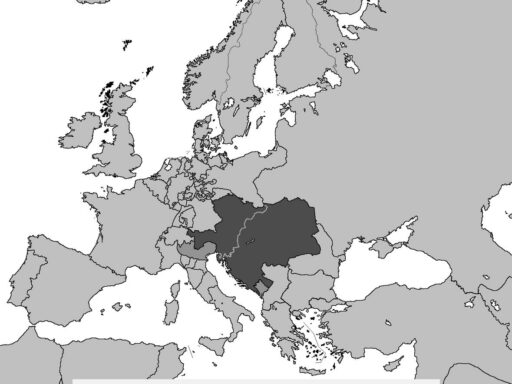The song “Down by the Bay” is a traditional children’s folk song of uncertain origin that Raffi popularized through his 1976 album “Singable Songs for the Very Young.” While Raffi did not write the song, his adaptation introduced it to a wider audience, especially in North America. The melody and format trace back to older folk traditions, possibly linked to World War I era England or earlier, with similar tunes found in Greek folk music. Raffi’s version enhanced the song with simple instrumentation and new humorous verses, making it an enduring favorite among children and families.
The precise origin of “Down by the Bay” remains unclear. It likely emerged between 1914 and 1918. Some sources suggest the song may have English roots and was part of folk traditions associated with the scouting movement in the UK. The tune itself closely resembles that of a Greek Ionian Cantada folk song named “Γιαλό, γιαλό” (“bay” or “seaside”). This illustrates the common folk practice of songs evolving and crossing cultural boundaries.
Raffi Cavoukian, a Canadian singer known for children’s music, first recorded “Down by the Bay” in the mid-1970s. He heard a traditional version and adapted it for his performances at nursery schools. Raffi modified the music slightly and added new rhymes to create a playful, fun atmosphere. His recording featured simple acoustic guitar and bass, accompanied by children’s voices singing in unison. This simplicity accentuated the song’s charm and made it easy for kids to sing along.
His adaptation stands out for its call-and-response pattern and humorous, nonsensical lyrics describing imaginary animals and silly scenarios. Examples include verses about a bear combing his hair or a moose kissing a goose. These verses evoke laughter and encourage children’s imagination, while simultaneously helping them understand what is normal by highlighting what is not.
Raffi’s popularity as a children’s artist helped cement the song in popular culture. His version became a staple at family gatherings, schools, and children’s concerts. Audiences often join in during live performances, making it a community experience. “Down by the Bay” ranks alongside Raffi’s other hits like “Baby Beluga” and “Bananaphone” as a fan favorite.
The song also resonates because of its educational value wrapped in humor. By presenting silly, impossible scenarios, it teaches children to differentiate between reality and fantasy in a lighthearted way. This playful instruction aligns with Raffi’s philosophy of combining fun with learning in music.
| Aspect | Detail |
|---|---|
| Original Composition | Traditional folk song, origin uncertain, possibly early 20th century England or Greek folk melody roots. |
| Melodic Similarities | Shares melody with Greek Ionian Cantada “Γιαλό, γιαλό.” |
| Raffi’s Involvement | Adapted and popularized song in 1976 with new rhymes and simple instrumentation. |
| Song Structure | Call-and-response, nonsense rhymes encouraging fun and imagination. |
| Cultural Placement | Popular in UK scouting; became widely known through Raffi’s children’s music career. |
| Educational Role | Teaches children through humor about reality vs. fantasy. |
The appeal of “Down by the Bay” lies in its simplicity, humor, and strong engagement with children. Raffi’s version kept the essence of the original while renewing it for modern audiences. His recording’s success highlights how folk traditions can be revitalized through thoughtful adaptations. The song’s longevity depends on its universal themes and the joy it brings to young listeners.
- “Down by the Bay” is a traditional children’s folk song with unclear origins, possibly from early 20th century England or Greek folk music.
- Raffi popularized the song in 1976 by adapting its music and adding entertaining rhymes.
- The song uses a call-and-response format with nonsensical verses about animals in silly situations.
- It gained popularity within the UK scouting movement before Raffi’s rendition.
- Raffi’s treatment prioritized simplicity and children’s participation to maximize fun and educational value.
- The song helps children distinguish fantasy from reality while enjoying playful nonsense.




